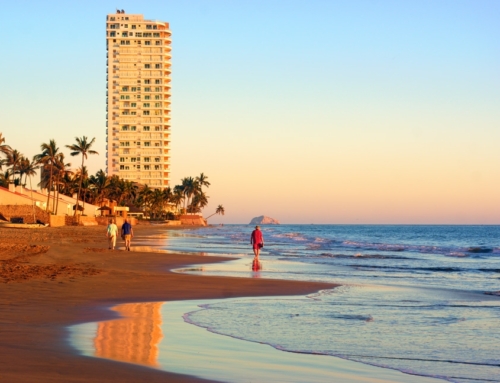As you work to build your retirement savings account, you might wonder whether you should fund other accounts as well. After all, if your end goal is to retire on a tropical island, shouldn’t you put every dime you can into your retirement savings?
While saving for retirement is important—it’s one of my “big three” savings priorities—it’s also important to ensure you’re funding two other accounts: a rainy day fund and an emergency fund (which are, in fact, different). How much you choose to allocate to each account is up to you and will likely change over time, but here’s what to think about as you budget for your savings contributions.
The big three savings priorities: Rainy day, emergency and retirement
Priority #1: Rainy-day savings
Your first priority should be setting up a rainy-day fund that can cover anything unexpected for which you have not budgeted: a minor car accident, a home repair, or a trip to the ER or the vet, for example. According to Bankrate’s Money Pulse poll, fewer than 4 out of 10 Americans have savings for non-budgeted expenses such as these. Without a sufficient rainy-day fund, even the most budget-conscious person can be hit hard by an unexpected expense.
Even a manageable amount, like $1,500, is a good place to start for a rainy-day savings account. The account should be readily accessible—for example, in a savings or money market account—FDIC insured, and not comingled with your retirement accounts. The funds in this account should be enough to help you get by in a pinch.
Priority #2: Emergency savings
Once you have funded a rainy-day account, your next priority should be your emergency savings. Whether you experience a job loss, a major illness, or some other significant life event, you’ll need savings to help get you through the drought.
Unlike a rainy-day fund, your emergency savings needs to be a substantial amount of cash. For example, if you are single, you should be saving enough money to cover three months of your non-discretionary expenses, including food, rent, health insurance, and utilities—the things you need to survive. If you are married, or if others are depending on you, consider setting aside at least six months of your non-discretionary spending. This account should be readily available—if you need to withdraw the funds, you should not be penalized. Just as with your rainy-day fund, your emergency savings account should also be FDIC insured and not comingled with your retirement accounts.
Always a priority: Your retirement savings
At the same time that you are allocating part of your savings for emergencies, you should also be saving for retirement. Both are extremely important for your overall financial well-being.
For example, if you were to lose your job and you did not have emergency savings, you could potentially have no choice but to withdraw money from your retirement account, which could result in penalties, taxes, and other negative consequences. At the same time, if you don’t have enough money saved for retirement, you may not be able to retire when you want, or you might have to radically change your lifestyle when you do. You might also have to dip into your emergency fund. Contribute to your 401(k), 403(b), or other retirement savings plan regularly. You may want to set up automatic withdrawals to make this easier.
Other savings goals
Once you have your rainy-day, emergency, and retirement savings in place, then it’s time to start prioritizing your other savings goals, such as paying for college for your children or grandchildren, buying a house or vacation home, or buying a new car. You might think that saving for your child’s college education needs to be a top priority—and it is important. But if the time comes and you don’t have those funds, there are options, like student loans, to help you out. On the other hand, the only one who can pay for your retirement is you.
Steve Repak, is a Certified Financial Planner™ professional, CFP® Board Ambassador, and financial literacy Speaker. He is also an Army Veteran and the author of Dollars & Uncommon Sense: Basic Training For Your Money. Follow him on Twitter: @SteveRepak






